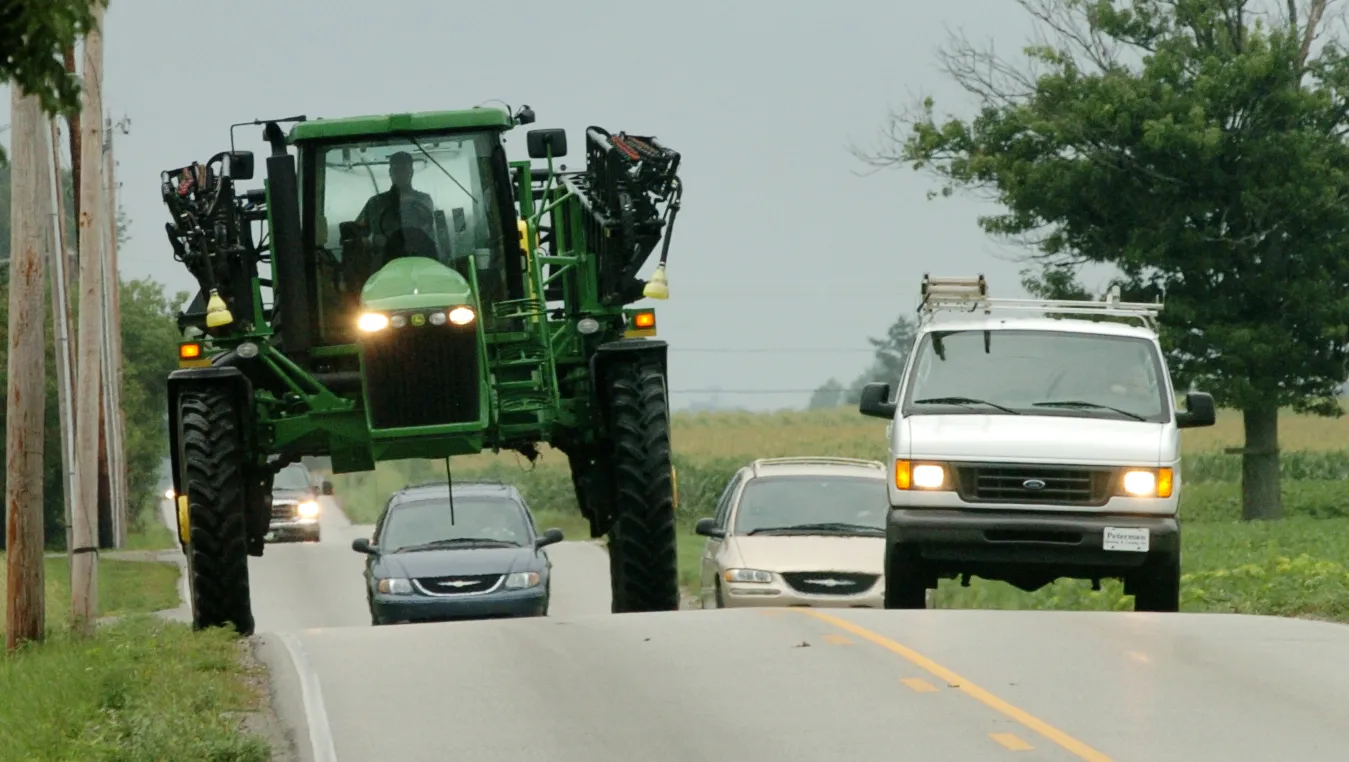SAN JUAN, P.R., — Today, at the American Farm Bureau Federation annual convention, Agriculture Secretary Tom Vilsack announced several major developments at the U.S. Department of Agriculture that will benefit farmers, ranchers and producers across the nation.
USDA Moving Forward with Fertilizer Production Expansion Program; Publishes Comments on Importance of Increased Competition
USDA will soon begin accepting public comments on environmental and related aspects of 21 potentially viable projects to increase fertilizer production across the United States totaling up to $88 million. These applicants have requested grant funding through the first round of the Department’s newly established Fertilizer Production Expansion Program. This program is one of many ways the Biden-Harris Administration invests in the agricultural supply chain right here at home. Investing in projects to increase fertilizer production will bring production and jobs back to the United States, promote competition and support American goods and services.
The Fertilizer Production Expansion Program is part of a whole-of-government effort to promote competition in agricultural markets. USDA has also released a summary of the comments received through a Request for Information on Access to Fertilizer: Competition and Supply Chain Concerns, which highlights the variety of concerns about the limited competition and dependence of foreign sources for significant amounts of fertilizer.
Improving Risk Protection for Beginning, Veteran, Limited Resource and Minority Producers
The Non-insured Crop Disaster Assistance Program (NAP) provides financial assistance to producers of non-insurable crops when low yields, loss of inventory or prevented planting occur due to natural disasters. There is a Congressional mandated fee waiver for basic coverage for under-served producers. However, a previous set of procedures and regulations created a paperwork burden that stood in the way of many producers taking advantage of the basic coverage option. The recent rule removes barriers and establishes procedures through which an under-served producer with a CCC-860, Socially Disadvantaged, Limited Resource, Beginning and Veteran Farmer or Rancher Certification, on file prior to the applicable NAP application closing date will automatically receive basic coverage for any NAP-eligible crops they plant. Under-served producers on file for 2022 will also receive retroactive basic coverage. Like all other covered producers, under-served producers will still need to file a notice of loss and apply for benefits.
USDA Making More Investments in Meat and Poultry Processing
USDA is investing more than $12 million to expand independent meat and poultry processing capacity. In Minnesota, Benson + Turner Foods Inc. is receiving $962,954 to build a 6,788-square-foot cattle and hog processing plant on the White Earth Indian Reservation and storefront near Waubun. The grant will help the company achieve its goal of building a sustainable business that benefits the local economy by using locally grown livestock and providing new opportunities for producers to market their products by providing USDA-certified processing for them.
This is in addition to recent announcements of $74 million in 22 MPPEP projects, $75 million in grants through the Meat and Poultry Intermediary Lending Program, $3.9 million in Value Added Producer Grants, and $5.7 million in Food Supply Chain Loan Guarantees, all supporting meat and poultry processing. These programs are a few of the suite of programs facilitating investment in meat and poultry processing.
New Programs to fill gaps in 2020/2021 Natural Disaster Assistance (Emergency Relief Program (ERP) Phase 2) and 2020 Pandemic Assistance (Pandemic Assistance Revenue Program (PARP).
USDA is announcing two new programs that wrap-up and fill remaining gaps in previous natural disaster and pandemic assistance. To be eligible for ERP Phase Two, producers must have suffered a decrease in allowable gross revenue in 2020 or 2021 due to necessary expenses related to losses of eligible crops from a qualifying natural disaster event. Assistance will be primarily to producers of crops that were not covered by Federal Crop Insurance or NAP, since crops covered by Federal Crop Insurance and NAP were included in the assistance under ERP Phase One.
To be eligible for PARP, an agricultural producer must have been in the business of farming during at least part of the 2020 calendar year and had a 15% or greater decrease in allowable gross revenue for the 2020 calendar year, as compared to a baseline year.
The ERP Phase 2 and PARP application period is open from January 23, 2023 through June 2, 2023. For more information, producers should contact their local USDA service center.
View the full USDA press release here.



